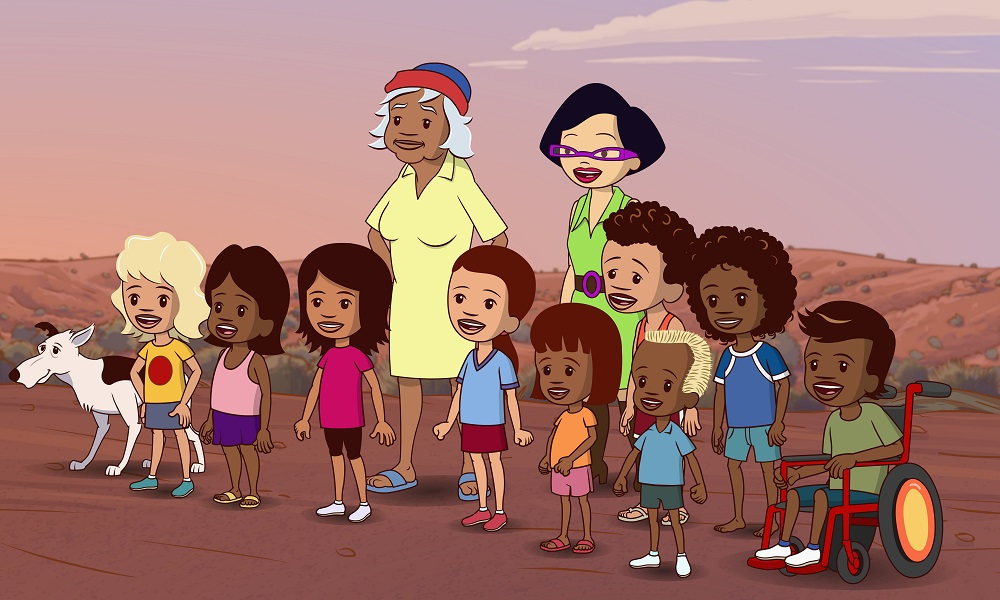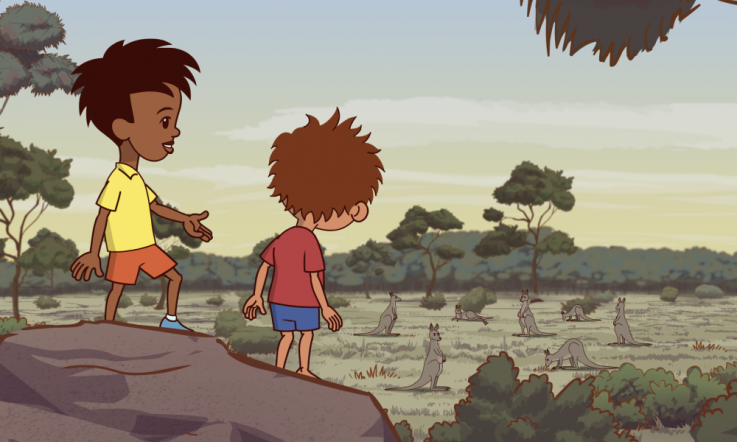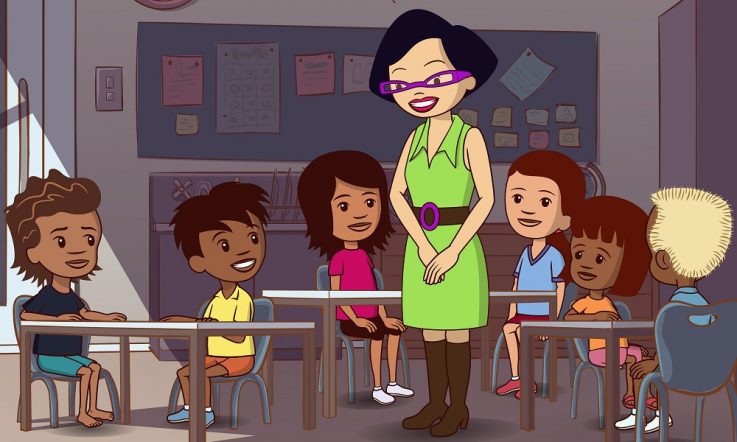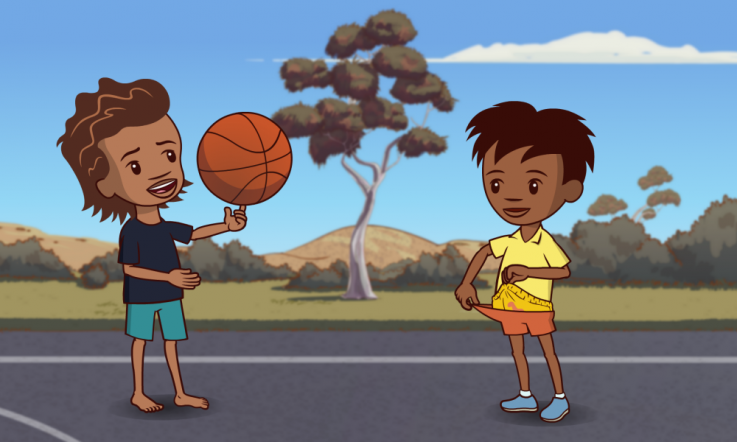Little J & Big Cuz is an animated children's series that follows two Aboriginal children who live with their nanna and lovable dog. The 13 episodes explore the unfamiliar world of school and how, with the help of their teacher Miss Chen, Little J and Big Cuz navigate their first years of school life. In this regular blog, Miss Chen will be sharing some of the F-2 resources she's been using in her classroom, which are all available to download for free via the Little J & Big Cuz website.
Hi, my name is Miss Chen and I am a primary school teacher. Teaching is one of my greatest passions in life. In fact, my goal is to have my students enjoy school as much as I do! I'm the only teacher in my school so I have to work hard to ensure my F-2 program is dynamic and based around the children's interests.
While my father was born in South East Asia, my mother's family have been in Australia for generations. My mum taught me a lot about the land and the importance of Aboriginal culture but I still have lots to learn, which is why I love working closely with Indigenous elders and other families in my community.
On this blog I'll be sharing some of the exciting resources I've been using in my classroom that are all free to download on the Little J & Big Cuz educator resource page.
Here's an activity focused on exploring living things in Year 1 Science.
The students in my class are fascinated by the world around them. I'll often find them reading about dinosaurs or bringing in leaves and feathers to show the class. They love talking about the plant and animal life that surround our school and often spend their free time looking for bird or animal tracks.
I try to draw on this interest by taking the students outside of the classroom as often as I can. This week we set out on a walk around the school and the surrounding bush land. The students each had a map that I'd prepared before the lesson, which highlighted which plants the students would find, observe and document.
We spent about 30 minutes walking, talking and pointing out all the different plant species we could see. To make the whole experience more engaging for them, I left a few spaces blank on the map, to encourage the kids to find different plants and draw the shape of the leaves on the map.
Once we returned to the classroom, we got to work documenting all the interesting things we'd found! We prepared a classification chart with images of the plants and the leaves that we had observed, and even found the botanical name for each of the species. All the students were involved, writing the names of the plants they had seen while out ‘on Country'.
We then divided the class into smaller groups and selected one plant each that we could explore in greater detail. The students had to research and find the answers to the following questions:
- Is the plant a native plant to Australia?
- In which areas of Australia does this plant usually grow?
- In which seasons does the plant flower?
- What type of climate and conditions does the plant need to grow?
- How old do you think this plant is? Why?
- What is its Aboriginal name and/or Torres Strait Islander name?
Here's a more detailed lesson plan of what we did during this activity.
The resource mentioned in this blog post is directly related to Little J & Big Cuz Episode 2 ‘Wombat Rex’. It is recommended that your students view the episode before engaging in the activities listed in the resource.
Visit the Little J & Big Cuz website to view the full suite of resources for each episode in the series.



